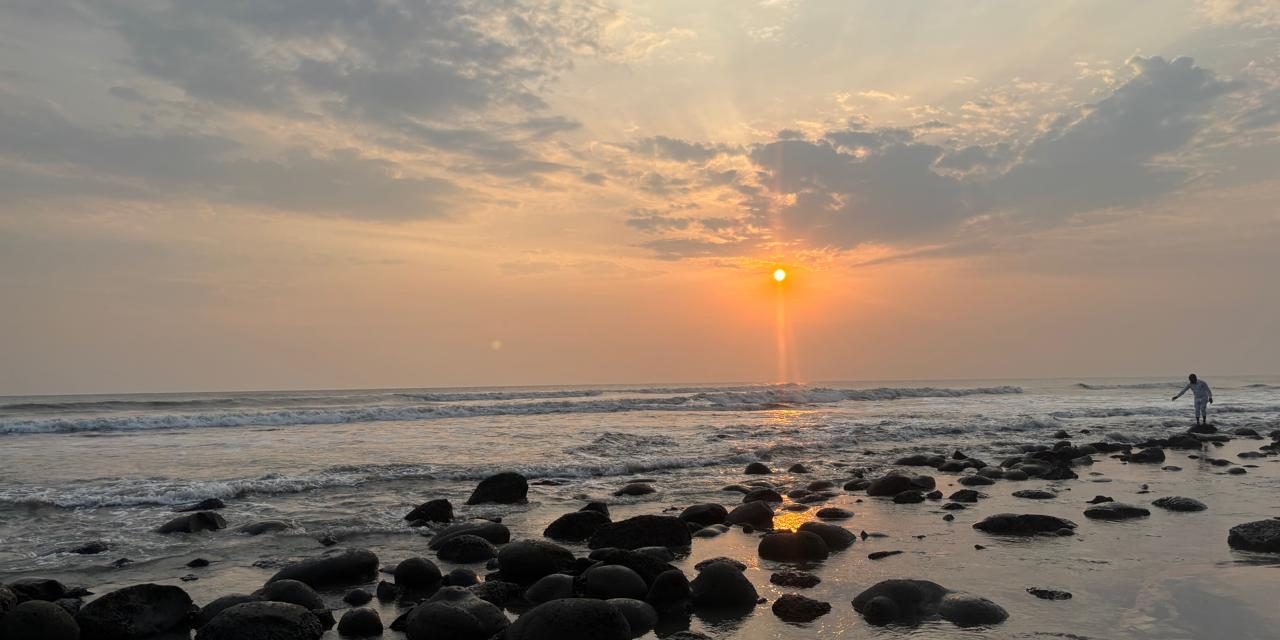The Beauty of Cox’s Bazar, Bangladesh: A Coastal Paradise Unveiled
Nestled along the southeastern coast of Bangladesh, Cox’s Bazar is more than just a beach destination — it’s a sensory experience that captures the heart, soothes the soul, and inspires the traveler within. Home to the world’s longest natural sea beach, stretching over 120 kilometers, Cox’s Bazar is an unrivaled gem in South Asia that seamlessly blends natural beauty, rich culture, and a growing tourism ecosystem.
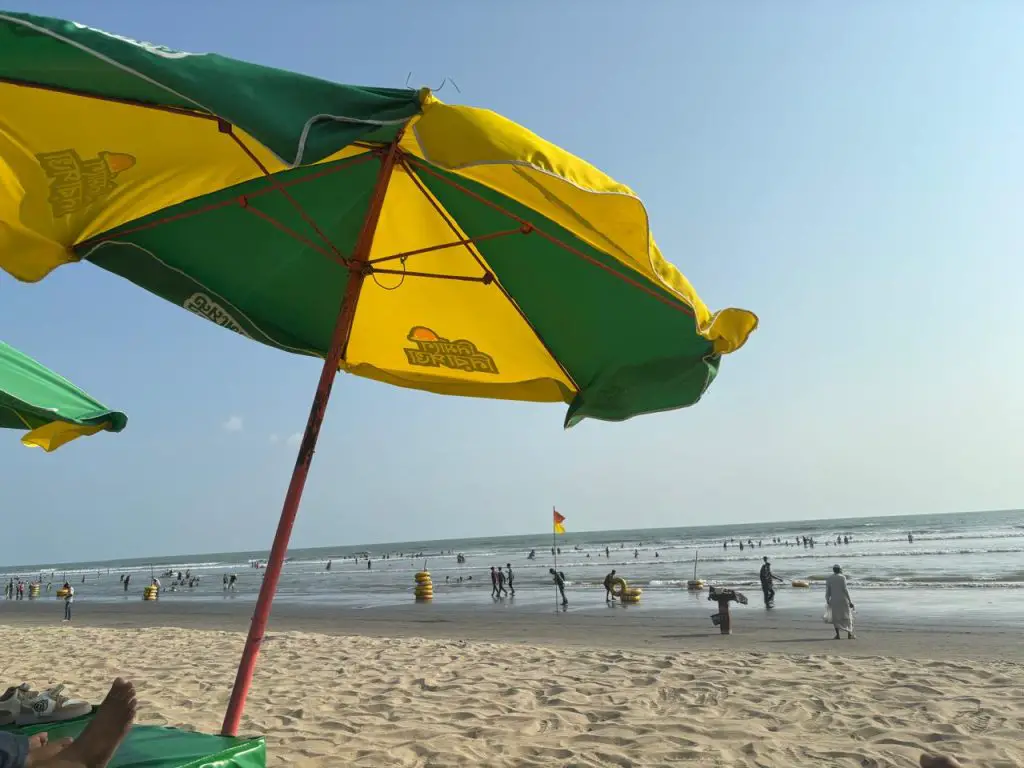
The Allure of the Endless Shoreline
The primary allure of Cox’s Bazar is undoubtedly its spectacular beach. Golden sands stretch beyond the horizon, kissed by the gentle waves of the Bay of Bengal. Unlike other crowded tourist beaches, Cox’s Bazar offers a vast, open expanse that invites visitors to walk, reflect, and breathe in the salty breeze. The beach’s vastness creates a sense of freedom and serenity, especially during sunrise and sunset when the sky paints a vibrant palette of colors that mirror off the water’s surface.
From Laboni Point to Inani Beach and Himchari, each stretch of the coast has its own unique charm. Inani is known for its coral stones and quiet ambiance, while Himchari offers scenic waterfalls and hilly backdrops that provide stunning panoramic views. The rhythmic sound of waves, the soft crunch of sand underfoot, and the ever-changing sky above create an atmosphere of tranquility rarely found elsewhere.

Marine Life and Biodiversity
Beyond the shoreline, Cox’s Bazar is a gateway to marine biodiversity. The warm waters of the Bay of Bengal are home to numerous fish species, crustaceans, and even dolphins. The nearby coral reefs and mangrove forests also serve as critical habitats for marine and bird life, attracting nature lovers and researchers alike.
Efforts are being made to promote eco-tourism and marine conservation in the region. The establishment of marine protected areas and environmental awareness campaigns are steps toward preserving this delicate ecosystem while ensuring that future generations can experience the same natural beauty.
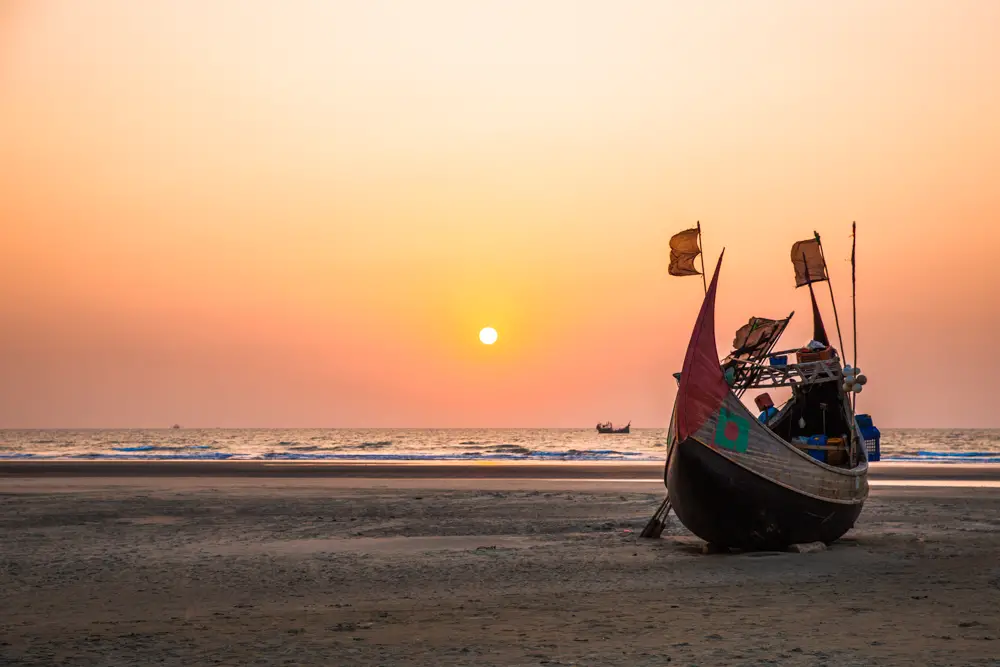
The Charm of Local Culture and Community
While the beach may draw the crowd, the people and culture of Cox’s Bazar leave a lasting impression. The local communities, predominantly involved in fishing and small-scale commerce, exude warmth and hospitality. Walking through the town or visiting a local market introduces travelers to the unique flavors of Bangladeshi coastal life.
Traditional seafood dishes, fresh from the ocean, are a culinary highlight. From spicy fish curries to grilled prawns and crab delicacies, the food scene in Cox’s Bazar is both authentic and flavorful. Local eateries and beachside stalls serve meals that reflect the heritage and lifestyle of the region.
Craftsmanship is another aspect of local pride. Handcrafted items, especially made from seashells, bamboo, and wood, are popular souvenirs. These items not only support local artisans but also offer travelers a tangible memory of their time by the sea.

Adventure and Activities
Cox’s Bazar is not just for relaxation; it’s a playground for adventurers. The beach provides ample opportunities for water sports such as surfing, jet skiing, and beach volleyball. In recent years, surfing has gained popularity, particularly among younger visitors and international tourists.
Beyond water activities, trekking to places like Himchari National Park or visiting nearby islands like Maheshkhali and Saint Martin’s Island adds layers of excitement. Maheshkhali, known for its ancient temples and salt fields, offers a blend of spirituality and rustic charm. Saint Martin’s Island, the only coral island in Bangladesh, is famed for its turquoise waters and coral diversity, making it a must-visit for snorkelers and divers.
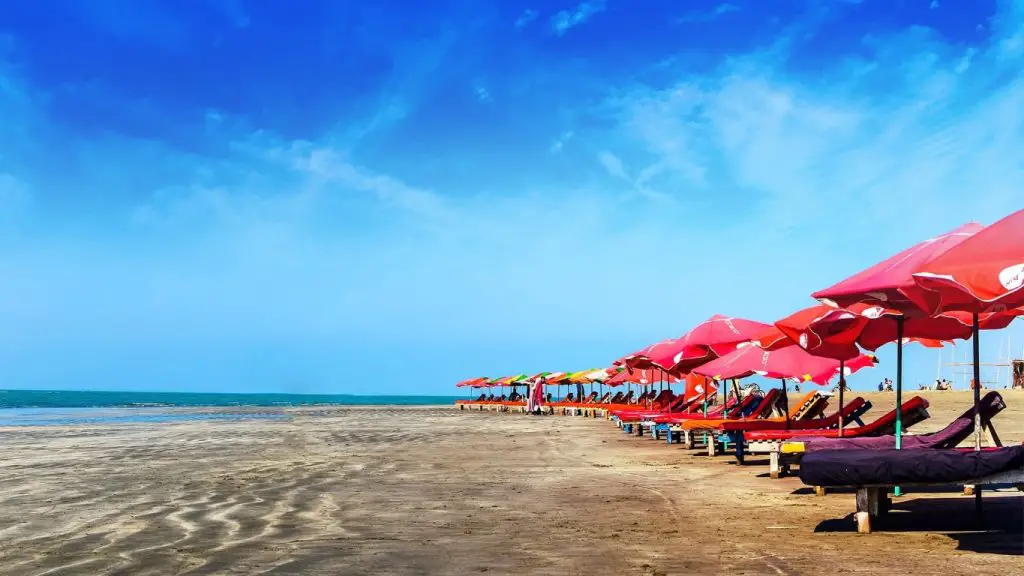
Historical and Religious Significance
Cox’s Bazar is also steeped in history and religious harmony. Named after Captain Hiram Cox, a British East India Company officer who helped rehabilitate Arakanese refugees in the 18th century, the town has a colonial past that still echoes through its architecture and old establishments.
The region is home to a diverse population, including Bengali Muslims, Rakhine Buddhists, and other ethnic communities, who live side by side peacefully. Temples, mosques, and monasteries are common sights, reflecting a tapestry of spiritual coexistence. The Ramu Buddhist village, for example, is a serene spot known for its large bronze statue of Buddha and intricate wood carvings.
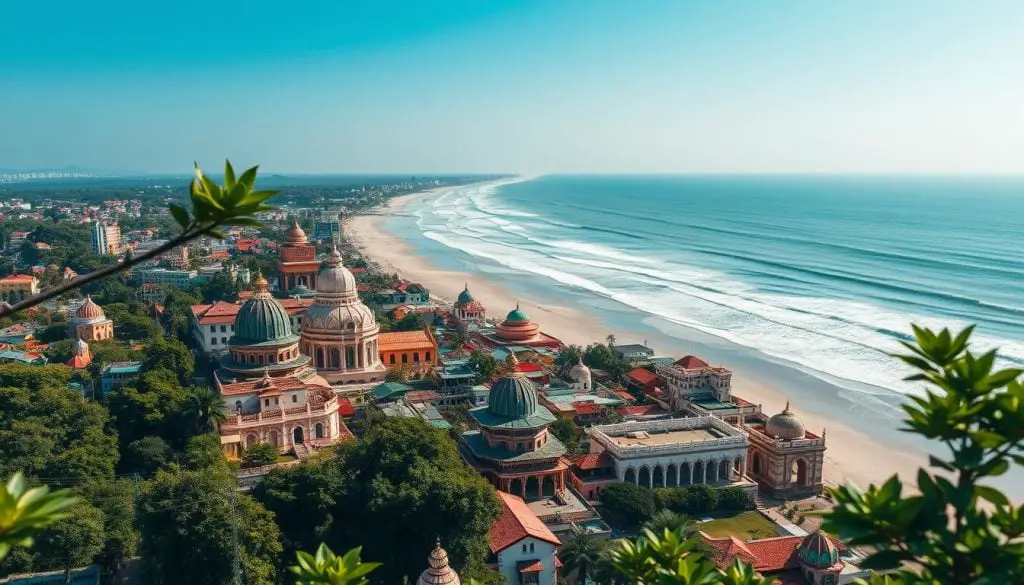
Tourism Growth and Infrastructure
Over the past decade, Cox’s Bazar has seen rapid growth in its tourism infrastructure. Hotels ranging from budget-friendly guesthouses to luxurious resorts line the coast. Improvements in transportation, including domestic flights and road upgrades, have made the destination more accessible than ever before.
This boom has led to economic benefits for local communities, creating jobs and business opportunities. However, with this growth comes the responsibility of sustainable tourism. Balancing development with environmental and cultural preservation is essential to maintaining Cox’s Bazar’s unique identity.

Environmental Challenges and Conservation
Like many coastal regions, Cox’s Bazar faces environmental challenges. Coastal erosion, plastic pollution, and unregulated development threaten the very beauty that draws visitors. Rising tourist numbers have increased pressure on resources, making it imperative to implement sustainable practices.
Local NGOs and government bodies have initiated cleanup drives, waste management projects, and awareness programs aimed at tourists and residents. Encouraging eco-friendly accommodations, responsible tourism behavior, and green business practices is becoming a priority.
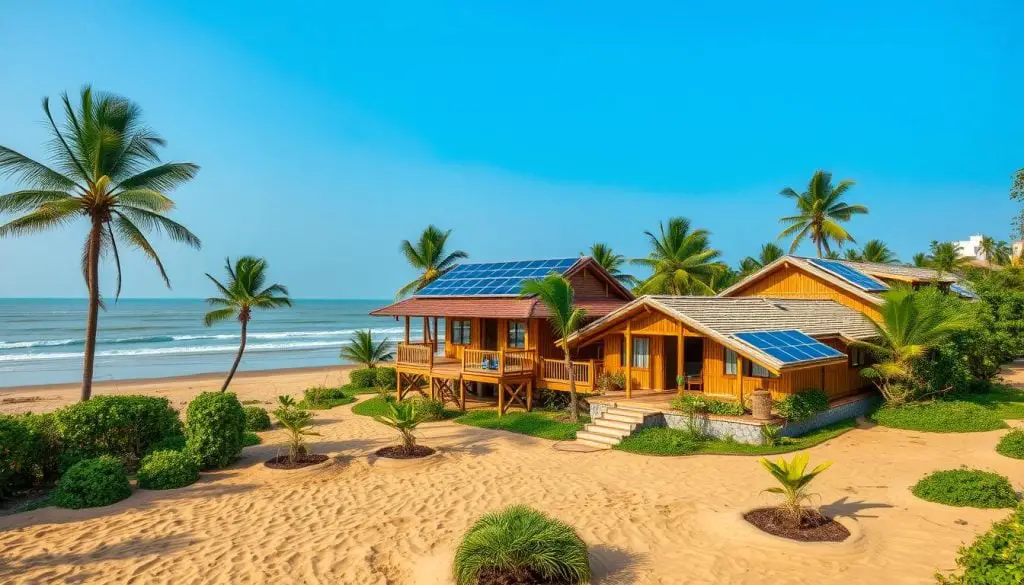
A Place for Every Traveler
Whether you’re a solo backpacker seeking solitude, a couple in search of romance, a family on vacation, or an adventurer chasing waves, Cox’s Bazar has something to offer. Its combination of natural beauty, cultural richness, and recreational activities makes it a destination that caters to diverse interests and travel styles.
The emotional connection many feel after visiting Cox’s Bazar is not just about the landscape; it’s about the feeling of being part of something timeless — a place where the sea, sky, and soul meet in harmony.

Conclusion
Cox’s Bazar stands as a testament to the raw, untouched beauty that still exists in our fast-changing world. It is a place where nature speaks, culture embraces, and every visitor leaves with a story etched in their heart.
As Bangladesh continues to develop its tourism industry, Cox’s Bazar will undoubtedly remain its crown jewel. The challenge now is to protect and nurture this coastal paradise so that generations to come can experience its magic.
If you haven’t yet walked its shores, breathed its salty air, or watched the sun melt into the Bay of Bengal, now might be the perfect time to discover what makes Cox’s Bazar so beautifully unforgettable.

